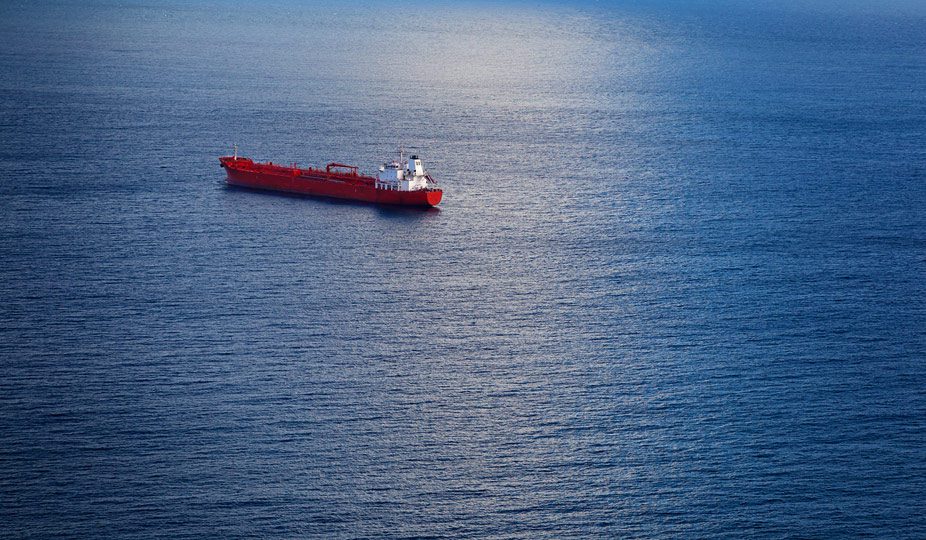 By Keith Wallis
By Keith Wallis
SINGAPORE, Feb 7 (Reuters) – The shipping industry is poised to emerge from its longest downturn in three decades, buoyed by an end to years of overcapacity that have depressed freight rates since the end of a shipping boom in 2008.
Dry cargo ships are likely to see the strongest recovery, say owners and analysts, as growth in bulk commodity cargoes such as iron ore and coal outpaces supply of new tonnage for the first time in seven years.
But tanker rates will also rise as fleet growth is slowing, while strategic oil reserve projects in China and India should boost already solid Asian demand.
The recovery will bring some respite to shipping firms that have endured years of losses as freight rates failed to cover costs. Global shipper TMT Group filed for bankruptcy protection last June, shortly after South Korea’s STX Pan Ocean filed for court receivership, while Indonesian shipper PT Berlian Laju Tanker narrowly avoided bankruptcy.
“While there will be potholes, here and there, as always, the worst is over based on the market fundamentals,” said Ong Choo Kiat, president of U-Ming Marine Transport, one of Taiwan’s largest listed shipping companies.
Prices of new and secondhand ships started to rise last year on expectations of a recovery, though experts warn some shippers will still only break even this year and any recovery may fade after 2016 when overcapacity could again dampen freight rates.
Key drivers of the pick-up will be China’s continued urbanisation and falling iron ore prices, experts say, which should support import growth even though the commodities super-cycle that drove a 2003-2008 boom in shipping markets is over.
The global dry bulk seaborne trade is forecast to grow 5.8 percent in 2014 to 4.37 billion tonnes, according to Barclays Research, outpacing a 5.3 percent rise in the global merchant fleet to 753 million deadweight tonnes.
This is the first time growth in demand for shipping of iron ore, coal, grain and minor bulks such as fertilizer, logs and soya beans has been greater than dry bulk fleet growth since 2007, Barclays said, as the industry finally shakes off a surge in new ship orders in the wake of the boom.
However, ship owners who paid high prices for new tonnage at the peak of the market would still only break even this year, said Jayendu Krishna, senior manager at shipping consultancy Drewry Maritime Research,
Buyers who paid up to around $100 million for a 180,000 dwt Capesize ore carrier at the top of the market would need a daily charter rate of $44,000-$45,000 to break even, still well above current rates. The price of a similar Capesize ship has since eased to around $56 million, according to Clarkson Research.
EYES ON INDEX
The Baltic dry index, compiled from a basket of dry bulk freight rates and which traditionally falls in the run up to the lunar new year holiday in China, has halved in the past month to 1,086 points on Feb. 5.
Dry bulk rates are expected to bounce back in February and March as chartering activity rises, said Khalid Hashim, managing director of Thai dry bulk ship owner Precious Shipping.
“Our reading of the market is that the up-cycle will continue till the early or middle part of 2016 before starting to slip,” Hashim told Reuters, although that would depend on the number of new dry bulk ships delivered.
Analysts from Barclays and Jefferies forecast the Baltic dry index would average between 1,400-1,600 points this year, compared with 1,060 last year. The index topped 11,500 in mid-2008.
For the tanker market, rates for very large crude carriers (VLCCs) on routes to Asia had climbed since October to their highest level in 18 months, said Peter Sand, chief shipping analyst at industry lobby group Bimco.
At the same time, growth in the VLCC market slowed to 1.9 percent year-on-year in December compared with expected import growth in China of around 4 percent, which should help boost freight rates.
“I believe we are about to go from bad to better in the very large crude carrier market,” Sand said, adding that rates for VLCCs on routes to Asia had climbed since October to their highest level in 18 months.
Demand should be boosted by China’s moves to fill part of its strategic petroleum reserve and India’s plan to launch underground storage facilities later this year.
This could include more than 50 million barrels in China and nearly 40 million in India, said shipbroker ACM Shippng in Singapore.
“[China’s] stockbuilding has some way to go,” said Henry Curra, ACM’s head of research.
Moves by China to diversify its crude oil supplies to West Africa and South America would also lead to longer sea voyages and higher rates for tanker owners, Sand said. (Editing by Richard Pullin)
(c) 2014 Thomson Reuters, All Rights Reserved

 Join The Club
Join The Club











